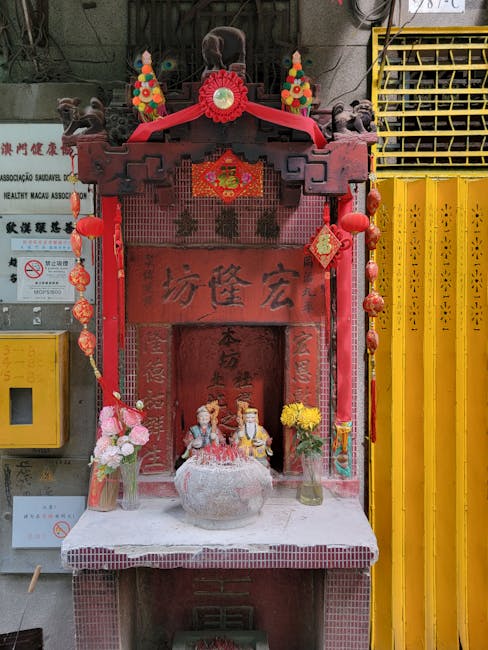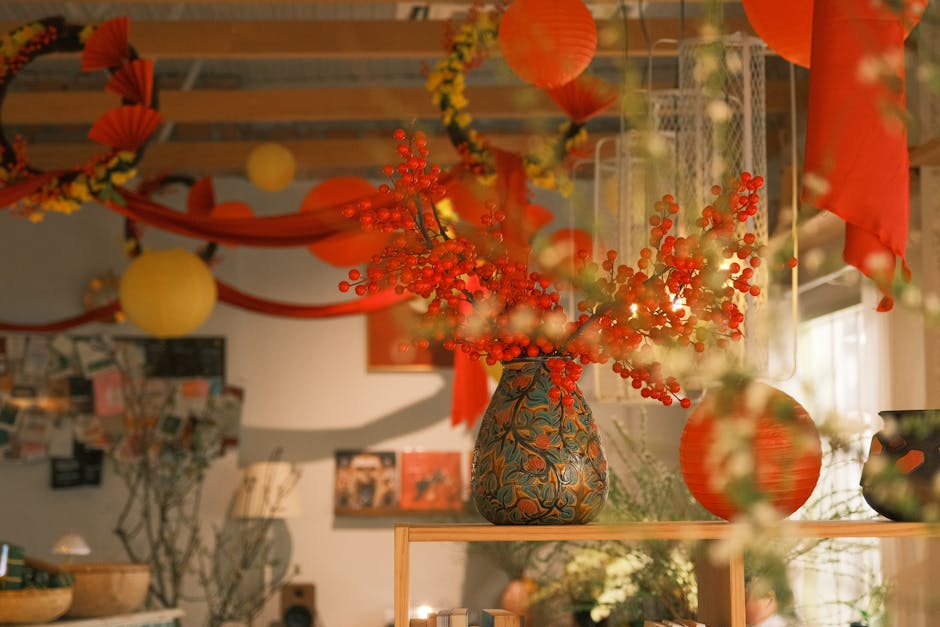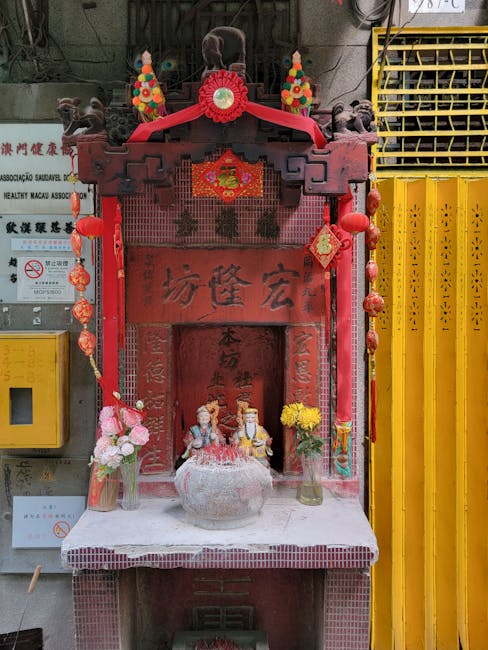Unveiling the Symbolism: A Comprehensive Guide to Flowers Depicted in Chinese Art
Chinese art, a rich tapestry woven with centuries of tradition and cultural significance, frequently employs floral motifs to convey profound meanings beyond mere aesthetics. From the delicate lotus blossom to the resilient chrysanthemum, each flower holds a unique symbolic weight, deeply embedded in the philosophies and beliefs of Chinese culture. This comprehensive guide delves into the diverse world of flowers depicted in Chinese art, exploring their historical context, artistic representation, and the intricate symbolism they embody.
The Lotus Flower: Purity and Enlightenment
The lotus (荷花, hé huā) reigns supreme among Chinese floral symbols, often associated with purity, enlightenment, and spiritual awakening. Its ability to blossom from muddy waters represents the triumph of spirit over adversity, a central theme in Buddhist and Taoist philosophies. The lotus’s multifaceted symbolism is reflected in its artistic portrayal: a single, pristine bloom often symbolizes spiritual perfection, while a cluster of lotuses may represent abundance and fertility. In paintings, the lotus is frequently depicted with other auspicious symbols, further enhancing its symbolic meaning. Consider the juxtaposition of a lotus with a carp (representing perseverance) or a crane (representing longevity), both amplifying the overall message of hope, resilience, and spiritual growth.
Artistic Representations of the Lotus
- Single Bloom: Symbolizes purity, spiritual perfection, and enlightenment.
- Cluster of Lotuses: Represents abundance, fertility, and harmonious family life.
- Lotus with Carp: Conveys overcoming adversity and achieving success.
- Lotus with Crane: Symbolizes longevity and spiritual ascension.
The Plum Blossom: Resilience and Perseverance
The plum blossom (梅花, méi huā) stands as a symbol of resilience, perseverance, and the triumph of hope amidst winter’s harshness. Blooming during the coldest months, its delicate yet enduring beauty embodies the spirit of fortitude and the promise of spring’s arrival. In Chinese art, the plum blossom is often depicted in stark, minimalist settings, highlighting its strength and purity. Its association with scholars and noble individuals underscores its representation of unwavering integrity and steadfastness even in the face of adversity.

Symbolic Meanings of the Plum Blossom
- Resilience: Overcoming hardship and enduring challenges.
- Perseverance: Steadfastness and unwavering commitment to one’s goals.
- Purity: Innocence, virtue, and moral integrity.
- Hope: The promise of renewal and rebirth after a period of hardship.
The Chrysanthemum: Longevity and Joy
The chrysanthemum (菊花, jú huā) is a revered symbol of longevity, joy, and autumn’s beauty. Its vibrant colors and elegant form have captured the hearts and minds of artists throughout Chinese history. Often depicted in lavish detail, the chrysanthemum’s imagery frequently appears in celebratory contexts, reflecting its association with positive emotions and the enduring nature of life. Its connection to the ninth lunar month (the Double Ninth Festival) further reinforces its symbolic weight, signifying reunion, longevity, and the appreciation of autumn’s gifts.
Chrysanthemum in Art and Culture
- Longevity: Symbolizes long life and enduring vitality.
- Joy: Represents happiness, cheerfulness, and celebration.
- Autumn’s Beauty: Embodies the graceful transition and beauty of the autumn season.
- Reunion: Associated with the Double Ninth Festival and family gatherings.
The Orchid: Elegance and Refinement
The orchid (兰花, lán huā) represents elegance, refinement, and scholarly virtue. Its delicate beauty and subtle fragrance have made it a favorite subject in Chinese art for centuries. Often portrayed with minimalist brushstrokes, the orchid’s artistic depiction emphasizes its purity and ethereal grace. Its association with Confucian values underscores its representation of intellectual pursuits, moral integrity, and personal cultivation. The orchid is often associated with the literati, reflecting their refined taste and moral character.

The Symbolic Significance of the Orchid
- Elegance: Symbolizes grace, refinement, and beauty.
- Refinement: Represents high moral character and intellectual pursuits.
- Purity: Conveys innocence, virtue, and integrity.
- Friendship: Often given as a symbol of friendship and goodwill.
Beyond the Big Four: Exploring Other Floral Motifs
While the lotus, plum blossom, chrysanthemum, and orchid represent the most prominent floral symbols in Chinese art, a vast array of other flowers hold their own unique meanings. The peony (牡丹, mǔdān), for instance, symbolizes wealth and prosperity, while the peach blossom (桃花, táo huā) represents longevity and spring’s arrival. The bamboo (竹子, zhú zi), though technically a grass, shares the same symbolic weight as flowers, frequently representing resilience, flexibility, and uprightness. Each flower’s depiction in artwork offers a rich layer of meaning, depending on the context, style, and accompanying elements.
The Influence of Artistic Styles and Techniques
The depiction of flowers in Chinese art is profoundly influenced by the dominant artistic styles and techniques employed. From the delicate brushstrokes of ink wash painting to the vibrant colors of silk paintings, the artistic approach significantly impacts the overall mood and symbolic weight of the floral representation. Understanding these stylistic choices is crucial to appreciating the full depth and complexity of the artwork. For example, a minimalist ink wash painting of a plum blossom conveys a different message than a lavishly detailed peony painting on silk.
In conclusion, the floral motifs in Chinese art are not merely decorative elements but profound symbolic representations deeply rooted in the culture’s rich history, philosophy, and beliefs. By understanding the meanings associated with each flower and the context in which they are portrayed, we gain a deeper appreciation of the artistry and cultural significance embedded within these beautiful works.


